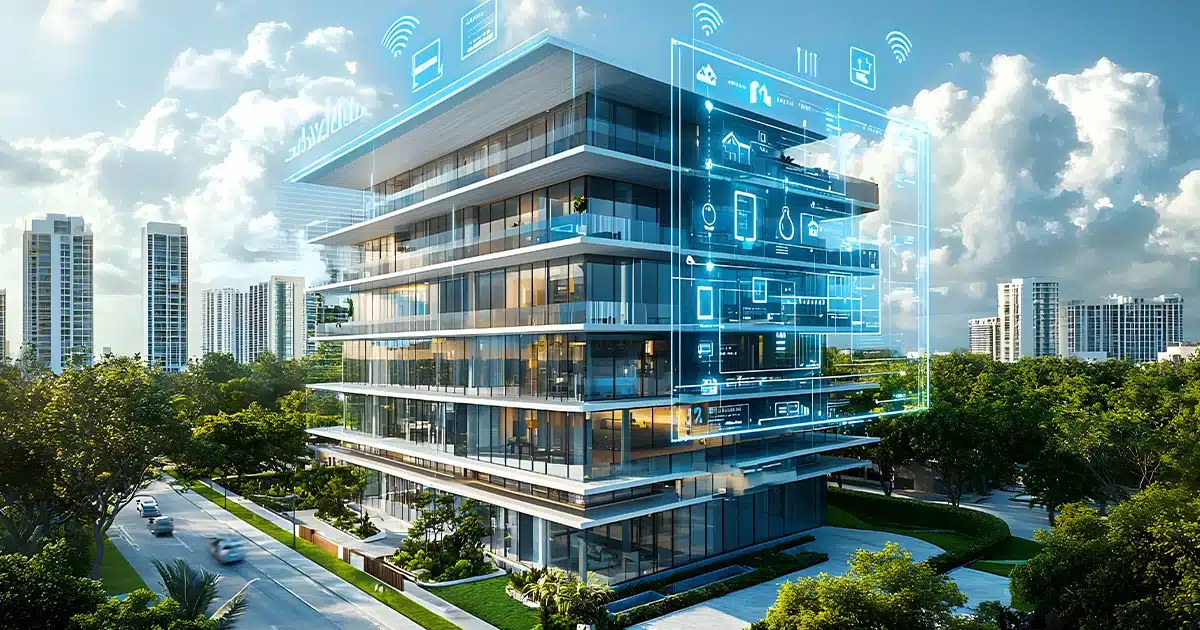The warm glow of the morning sun inside a room is naturally invigorating. Cooking dinner in a kitchen filled with soft, natural light, highlights the vibrant colours of fresh produce. A living space where light and shadow gently interplay calms the mind and is a great place to unwind.
Scenes from a magazine? Perhaps, but they are also achievable in real life through effective daylighting strategies in your home or building.
Daylighting isn’t just about aesthetics, but a powerful tool to harness the sun’s natural light. In Australia, this is a no-brainer because we are blessed with an abundance of sunshine. It aligns with our desire for light-filled, airy spaces, and supports our national commitment to a sustainable future.
The Proven Benefits of Daylight Design
There are multiple advantages of incorporating daylighting strategies into your building design. Here are a few of them:
Reduced Energy Consumption
Lighting can comprise up to 40% of commercial building energy consumption. Natural light is often used to improve energy efficiency, reducing reliance on artificial lighting. This results in lower energy bills, a smaller carbon footprint, and a more sustainable built environment.
Enhanced Indoor Comfort
Did you know that natural light profoundly impacts our well-being? It helps create a more comfortable and healthier environment. Daylight also regulates our circadian rhythms, increasing alertness during the day and promoting better sleep patterns at night. Psychology Today cited as well how sunshine improves a person’s mood.
Improved Building Performance
Natural light can help increase heat gain in winter, reducing the need for artificial heating. It can also help improve indoor air quality compared to a setting with artificial lighting, which can emit heat and potentially contain harmful pollutants.
Aesthetic Appeal
Daylight creates a more visually appealing and inviting space. It allows for better perception of colours and textures. Also, the interplay of light and shadow can add depth and character to a room.
Effective Daylighting Strategies for Australian Buildings
Harnessing natural sunlight requires careful planning and design considerations. Here are some key strategies to consider:
Building Orientation
One time-tested practice is optimising building orientation to maximise exposure to north-facing sunlight. North-facing windows receive the most consistent natural light throughout the year, making them ideal for living areas, workstations, and other frequently used spaces.
Window Design and Placement
The size, type, and placement of windows greatly impact the amount and quality of daylight entering a space. Consider strategically placing larger windows on north-facing walls, so you can have a more even distribution of light throughout the room.
Window Treatments
You can use lightweight, sheer curtains to soften direct sunlight and create a diffused glow.
On the other hand, you can control light levels by adjusting blinds or shades based on the time of day and desired ambiance.
Light Shelves and Clerestories
These can help to direct and distribute natural light deeper into a space. Light shelves are horizontal projections placed above windows that reflect sunlight further into the room, while clerestories are high windows that allow light to penetrate deep floor plans.
Skylights and Roof Windows
Skylights and roof windows are excellent for introducing natural light into hallways, internal courtyards, bathrooms, and spaces with limited access to side-wall windows. Some add solar tubes that channel sunlight from the roof into interior spaces.
Relevant Energy Efficiency Regulations and Ratings
Maximising daylight is essential, but it’s crucial to consider thermal comfort and avoid excessive heat gain. That’s where building regulations and sustainability ratings come into the picture.
BCA Section J
The Building Code of Australia (BCA) Section J sets the minimum requirements for energy efficiency in buildings. This includes provisions for building envelope performance, including window selection and shading devices. The goal is to ensure a balance between daylighting and thermal comfort.
Read more about daylighting and how it fits into Section J’s requirements in the article we published, Your Essential Checklist for a Section J Assessment.
BEEC, Green Star, and NABERS
Building energy efficiency ratings like Building Energy Efficiency Rating (BEEC), Green Star, and National Australian Built Environment Rating System (NABERS) encourage the use of daylighting strategies while accounting for thermal performance. Any of them can provide guidance for achieving a balance between energy efficiency, occupant comfort, and responsible use of natural resources.
A Brighter Future with Daylighting Design
Architects, builders, and homeowners can create buildings that are energy-efficient and have an environmentally sustainable design by embracing daylighting strategies. Energy-efficient building design practices also contribute to a healthier and more comfortable living and working environment.
From lower energy costs to better occupant well-being, the benefits of daylight design are clear. So, the next time you’re designing or renovating a space, consider harnessing the power of the sun.
You can create a brighter future (literally) for yourself, for building users, and for the environment.





